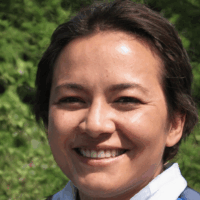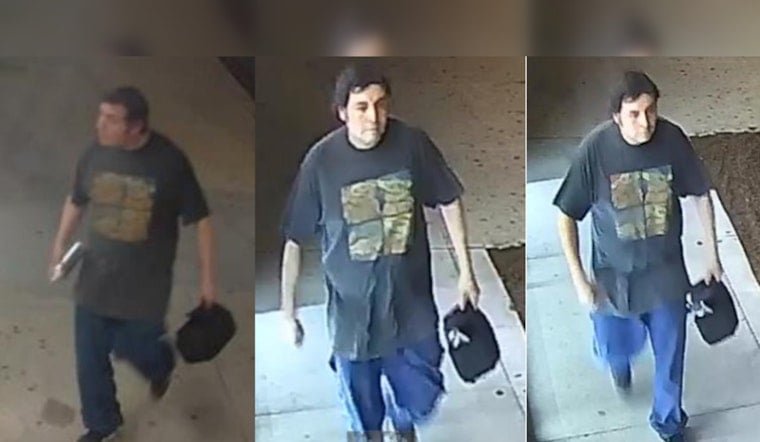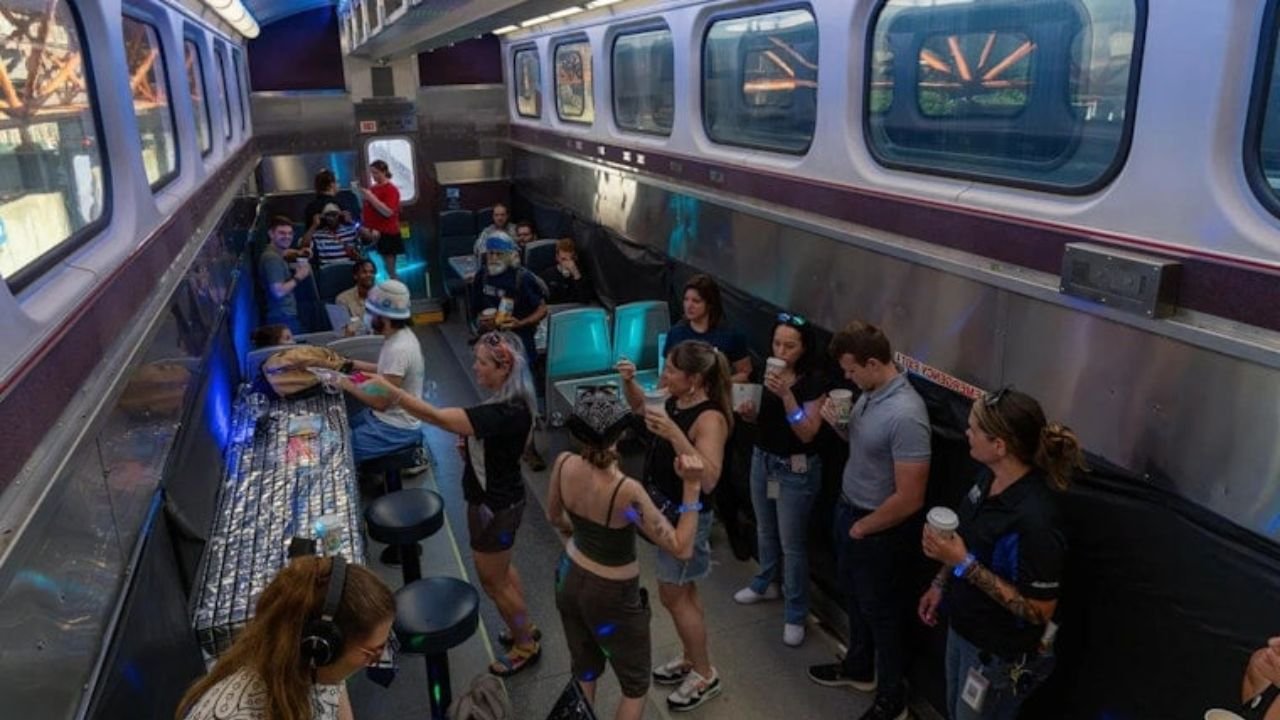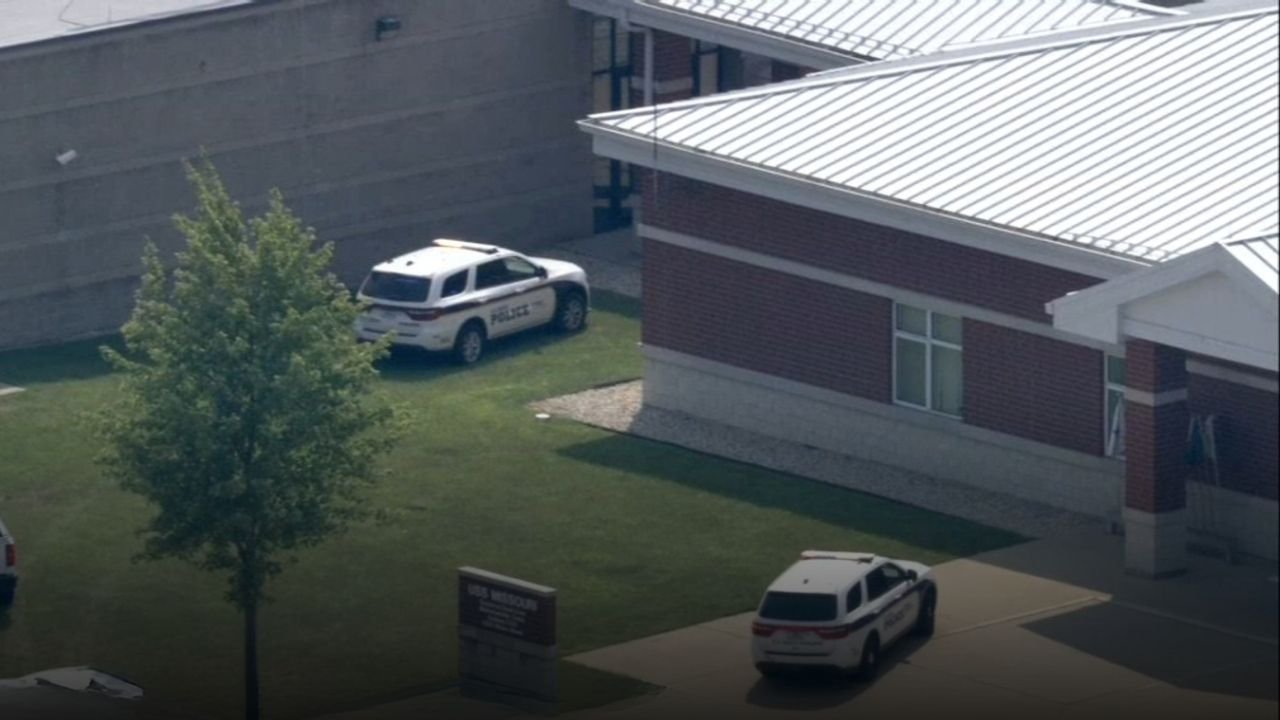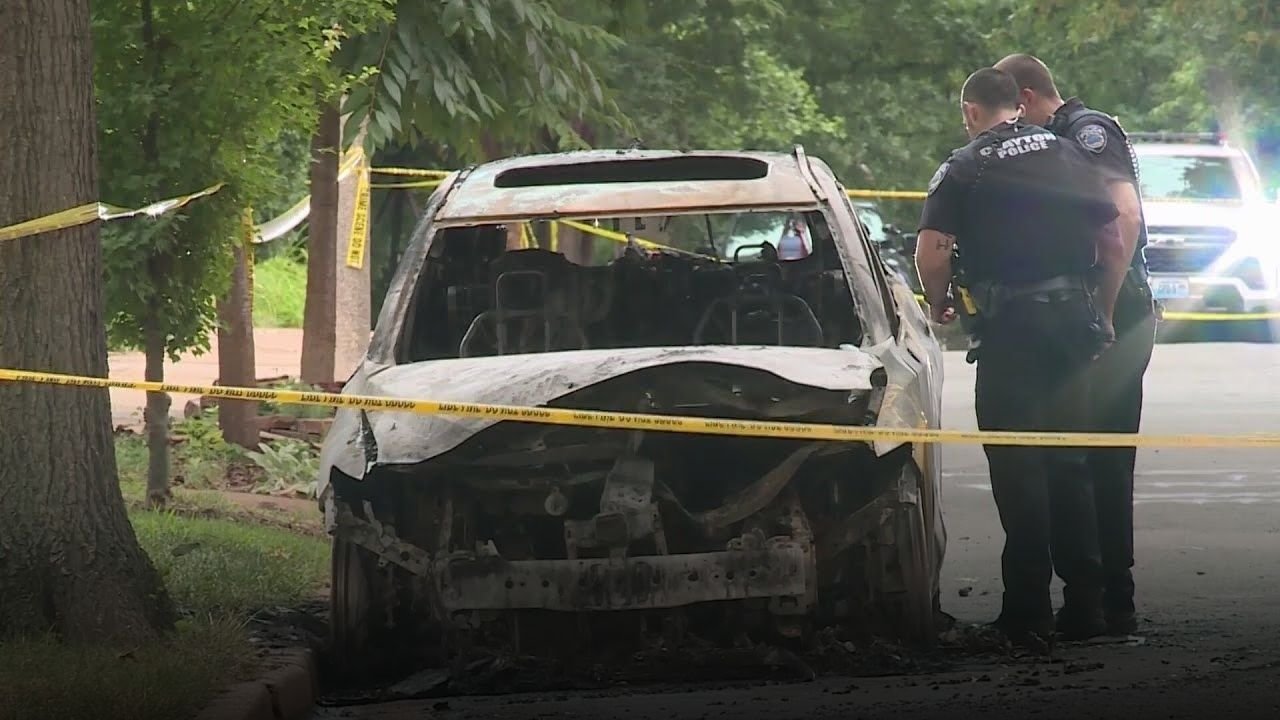CHICAGO, IL — For the first time in nearly 100 years, a new medical school is opening in Chicago — and it’s arriving with a mission: help solve the national doctor shortage while redefining 21st-century physician training.
The Illinois College of Osteopathic Medicine, established by The Chicago School, is set to begin classes in Fall 2026, bringing osteopathic education back into the city and aiming to produce a new generation of primary care physicians grounded in both physical and mental health training.
Why This Matters Now
The opening comes amid a critical national shortage of physicians. According to the American Hospital Association, the U.S. could face a shortfall of up to 124,000 doctors by 2033. In Illinois alone, projections show the state will need more than 1,000 additional primary care physicians by 2030, according to internal research cited by The Chicago School.
Michele Nealon, president of The Chicago School, emphasized the urgency:
“The country is facing a critical physician shortage, and Chicago and Illinois are at the epicenter of that.”
What Makes This School Different?
The Illinois College of Osteopathic Medicine (ICOM) will focus on “whole-person thinking,” blending physical care with mental and behavioral health.
Osteopathic medicine is a growing but still underrepresented field in the U.S., with about 25% of all med students opting for this route.
Nealon explained:
“We strive to be a leader in redefining what it means to train a physician in the 21st century.”
ICOM is designed to emphasize mental health education alongside traditional medical science — a move leaders believe is key in reducing physician burnout and improving patient outcomes.
Campus, Costs & Impact
The new school will be housed inside the former Tyson Foods building in the West Loop, spanning 247,000 square feet across eight floors. The facility will include classrooms, labs, and collaborative spaces.
Construction costs are estimated at $48 million, and over a decade, the projected economic impact is pegged at $1 billion, including $4.8 million in local tax revenue.
Nealon said early conversations about the school began in 2022, precisely because of the growing strain on healthcare systems and the urgent need for a broader pipeline of physicians.
Accreditation and Class Size
ICOM recently received preaccreditation from the Commission on Osteopathic College Accreditation, allowing it to offer DO degrees. The inaugural class will include 85 students, with plans to scale up to 170 graduates per year after the second cohort.
Dr. John Lucas, the school’s founding dean, added that ICOM will make student mental health a key priority:
“We’re losing a lot of physicians… We need to encourage students to seek care when they need it, and to not have a stigma around looking to get help.”
Diversity & Future Outlook
According to the American Association of Colleges of Osteopathic Medicine, only 12.2% of current osteopathic students come from underrepresented racial or ethnic backgrounds. Lucas said the school intends to recruit diverse talent and reduce equity gaps in health care delivery.
The American Osteopathic Association, headquartered in Chicago, believes schools like ICOM are critical to national health:
“About 57% of osteopathic medical students go into general practice,” said Dr. Teresa Hubka, the AOA’s president — meaning they’ll likely become the first point of contact for patients across hospitals and urgent care facilities.
Do you think more cities should invest in new medical schools to help solve the doctor shortage? What healthcare gaps do you see in your community? Let us know in the comments.
Stay with ChicagoSuburbanFamily.com for more news on education, health policy, and local impact developments.


